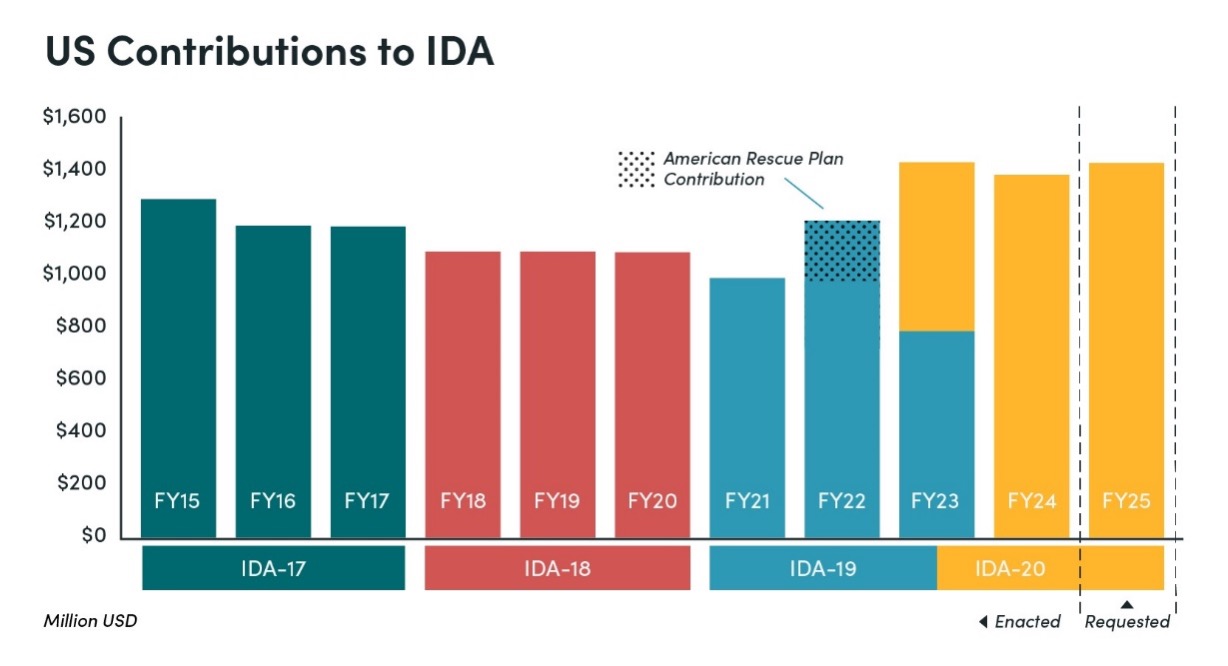This is a joint post with Vijaya Ramachandran.The UN’s
Food and Agricultural Organization (FAO) recently reported that the December 2010
Food Price Index surpassed the peak reached in June 2008. A closer examination of the data, however, provides some modest hope that the worst effects of the 2007-08 price spikes can be avoided, with luck and better policies.First, it is important to note that only two of the five components of the Food Price Index were above 2008 levels—meat (slightly above) and sugar (more than twice as high). Second, as shown in the chart below, staple grain prices, which are key to preventing hunger among the poor, are increasing sharply, while rice and, to a lesser degree, wheat remain well below their 2008 peaks. Maize is the exception, thanks in part to U.S. policies supporting corn-based ethanol that bring to mind the zombies populating popular culture—they just won’t die!

Preventing the current spikes from turning into another food price crisis
depends importantly on what Mother Nature does in coming months, but sound policy can help to moderate rising prices and mitigate their adverse effects. In a recent
Financial Times op-ed, World Bank President Robert Zoellick offered nine ideas for ensuring that adequate food reaches the poor, including measures to avoid export restrictions and to increase the
World Food Program’s (WFP) flexibility to buy food regionally or locally, as well as other ideas for improving market functioning in the longer term. Here are four additional ideas, two that could help in the short run if implemented quickly and two to help prevent the next crisis:
- Last November, management of the WFP proposed an expanded financing facility to fund advance purchases of food. This facility would allow WFP to plan their food procurement operations farther in advance, leading to reduced lead times and thus, better outcomes for the food-insecure. Though WFP’s philosophy on purchasing is moving in the right direction, they could continue to improve their procurement model by utilizing futures and options contracts in order to hedge against future price spikes, providing longer term food security to the vulnerable.
- The U.S. Environmental Protection Agency could reduce pressure on corn (and meat) prices by suspending the biofuel mandate (and for the medium run, Congress could allow the ethanol subsidy and import duty to expire at the end of the year, as they should have done in 2010).
- It is beyond being a tired mantra, but it is still true that completing the Doha Round is the only way of ensuring that the U.S., EU, Japan, and other rich countries reduce trade-distorting support for agriculture. In the short run (which under the best of circumstances would not start for at least two years if the negotiations are completed this year), this would modestly raise prices for heavily-supported commodities (mainly meat, sugar, and dairy products), but it would provide incentives for developing country farmers to increase production, which would increase food security in the future.
- The U.S. farm bill must be rewritten in 2012 and, in addition to cutting farm subsidies, Congress could ensure that future food aid dollars stretch further and reach the needy in timely fashion by loosening the requirements that most of the aid be provided in-kind and delivered on US-flagged ships.
Policymakers in the U.S. and around the world need to stay on top of this situation, by monitoring food prices and responding in a timely manner, to prevent the sharp increases in chronic hunger and malnutrition that we observed in 2008.
CGD blog posts reflect the views of the authors, drawing on prior research and experience in their areas of expertise.
CGD is a nonpartisan, independent organization and does not take institutional positions.






